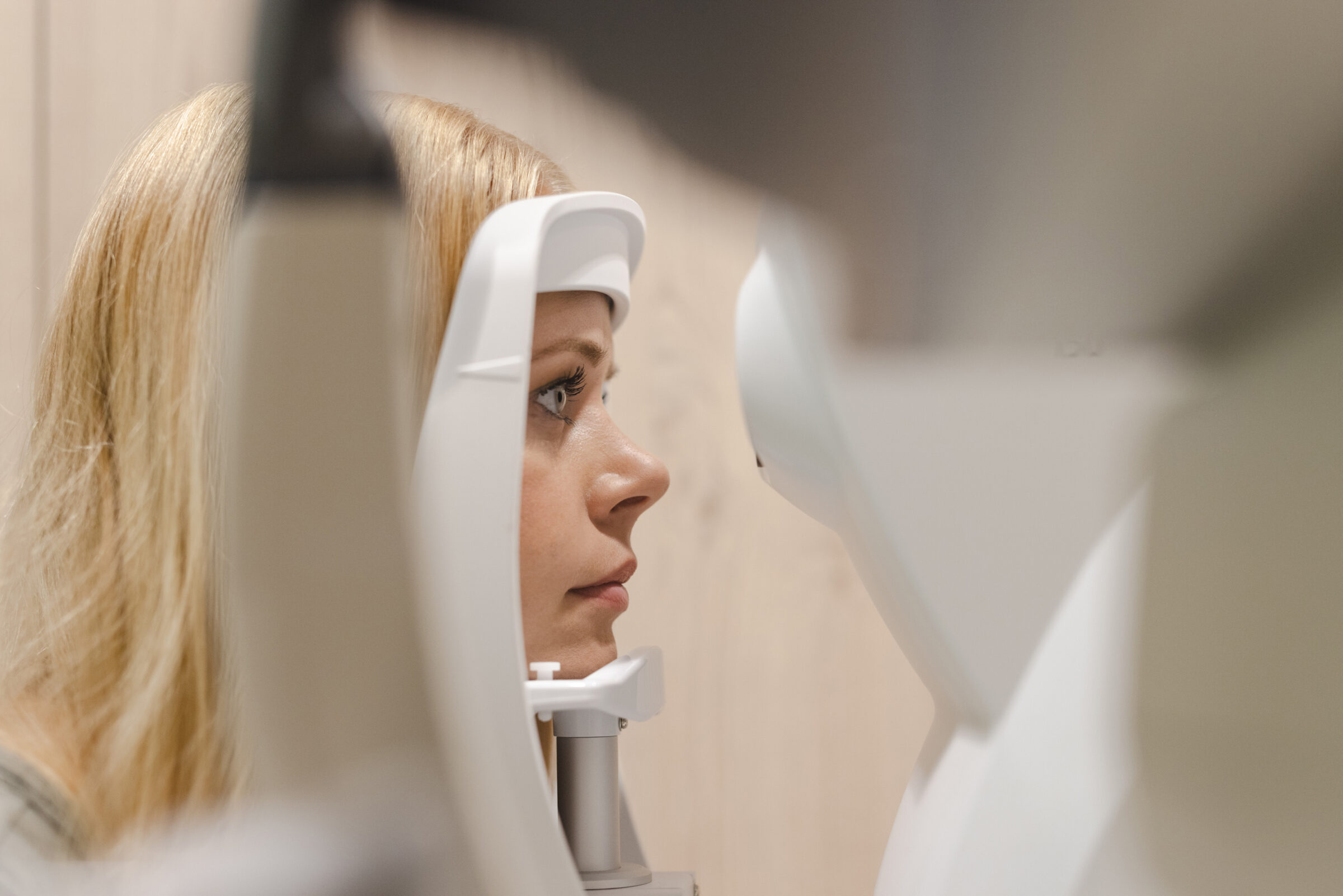Info and registration 655 6244 Open Mon 8.00–16.00 Tues.–Thurs. 8.00–18.00 Fri 8.00–16.00
Info and registration 655 6244 Open Mon 8.00–16.00 Tues.–Thurs. 8.00–18.00 Fri 8.00–16.00
At the age of 40, many people start to have problems with them no longer being able to see up close as clearly as they used to. The condition called presbyopia is caused by the fact that the elasticity of our lenses decreases with age, and the muscles that change the shape of the lenses become tired and weaker.

Many people who work on a computer for a long time every day have a variety of complaints: tiredness and redness of the eyes, dryness and itching, tearing, headaches, difficulty focusing the eyes when reading for a long time, or changing focus from a near target to a far target after long periods of close-up work.
These symptoms indicate that your eyes are tired and need rest.
Before consulting an ophthalmologist or optometrist, try the following :
If your main concern is having trouble focusing with your eyes (both near and far), it may be due to tense eye muscles, also known as amethropia, or vision impairment, which may be eased by eye exercises and low-strength glasses. The cause is determined by an ophthalmologist or optometrist.
If you have these complaints and you have short-sightedness (using minus glasses), you may want to try glasses with a lower minus strength or low transition (such as Hoya Nulux Active, Essilor Anti-Fatigue, etc.) to work on your computer. You can clearly see into the distance when looking straight ahead with these glasses.
If you have been assigned reading glasses, you may notice that they are too strong to look at your computer. This is because reading glasses are designed to help you when the object is in the 33–40 cm range, but your computer screen is often 50–70 cm away. In this case, you might want to purchase so-called computer glasses (such as Hoya Addpower, Essilor InterView, etc.) with a lower part with reading strength and a weaker upper part so you can look directly into your computer.